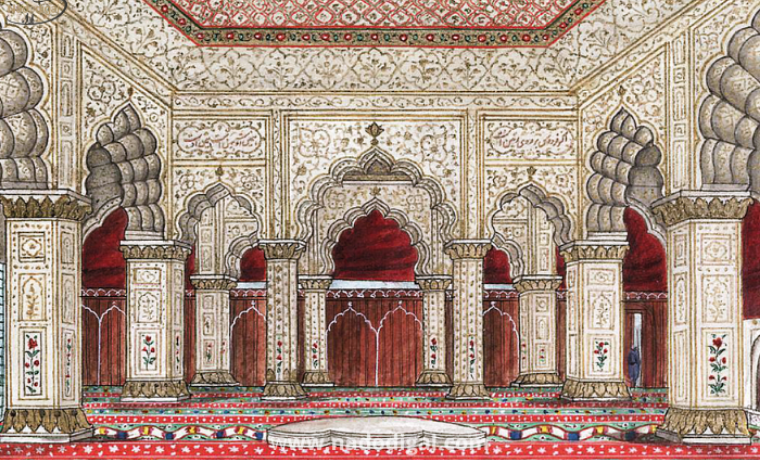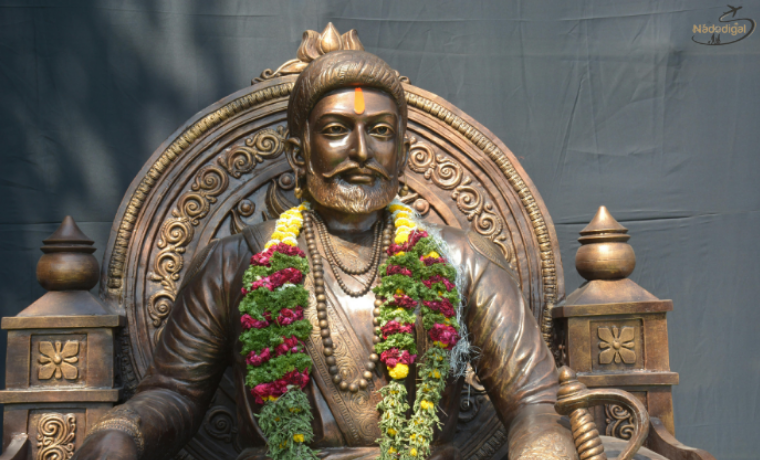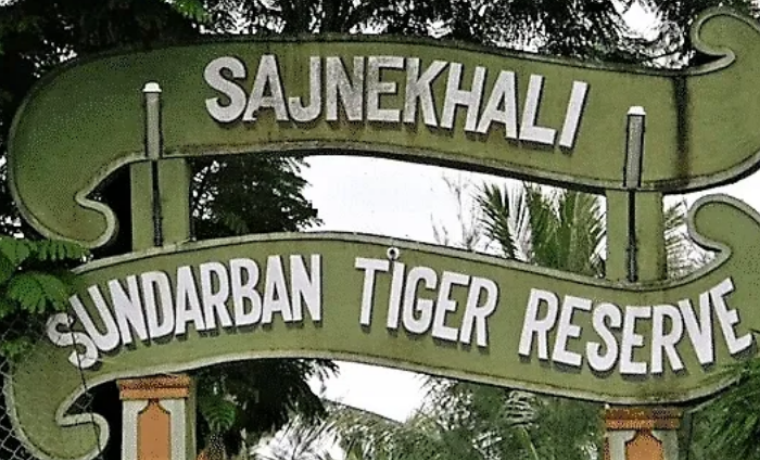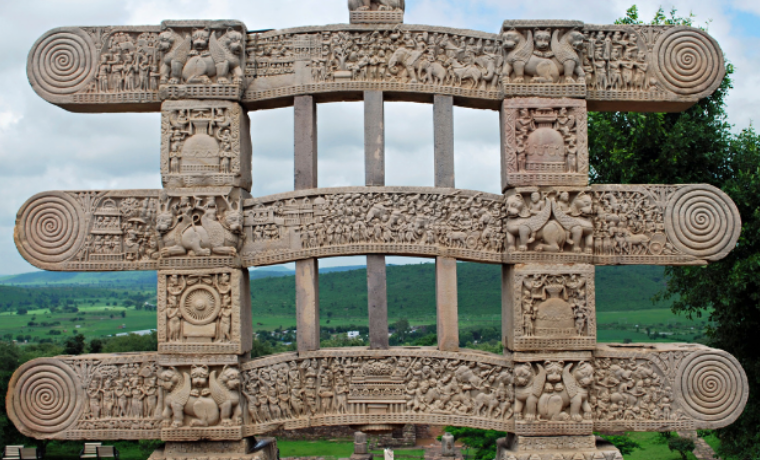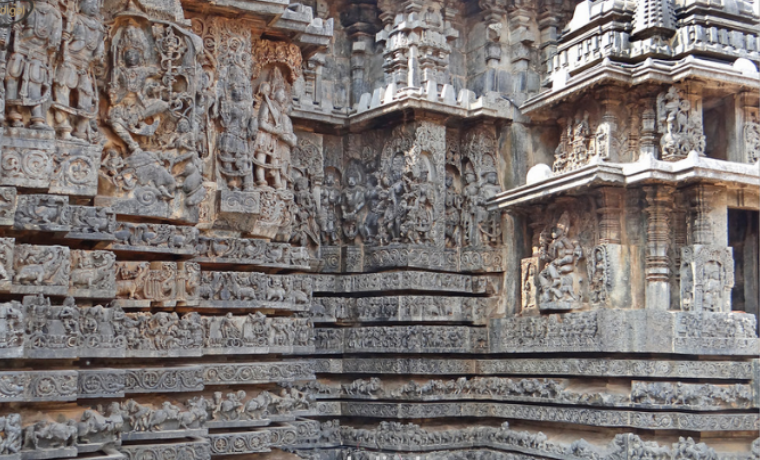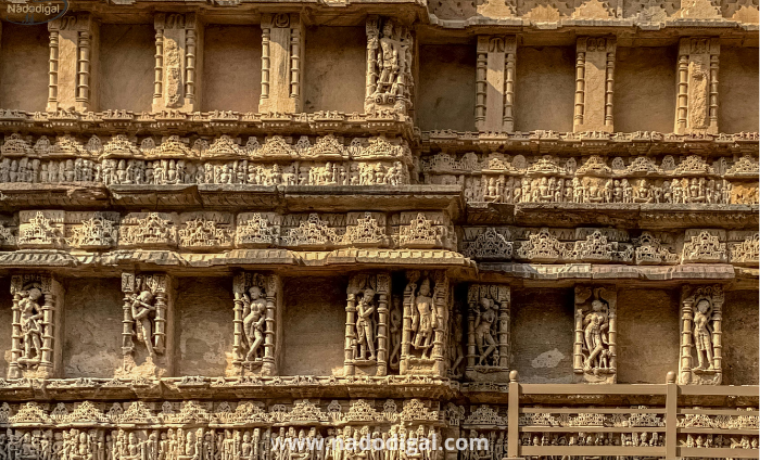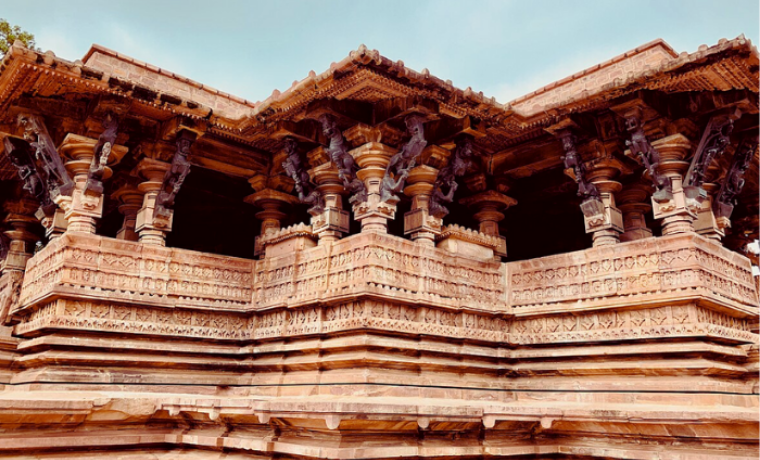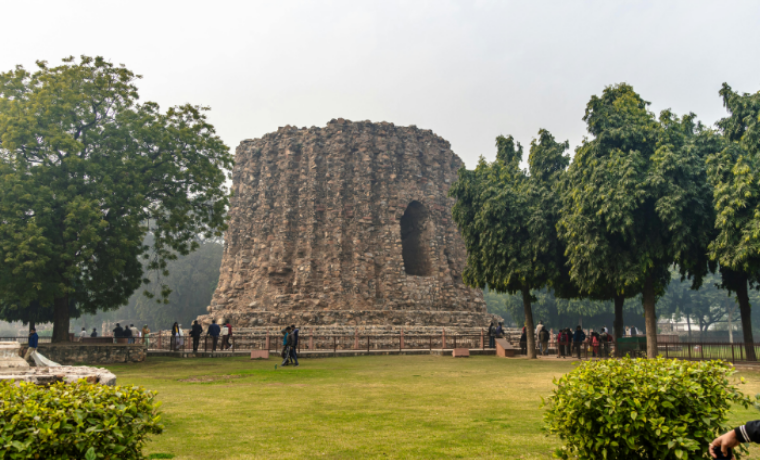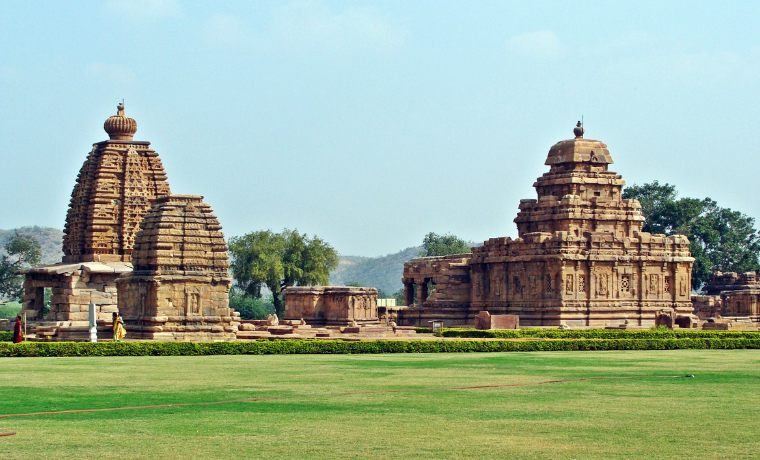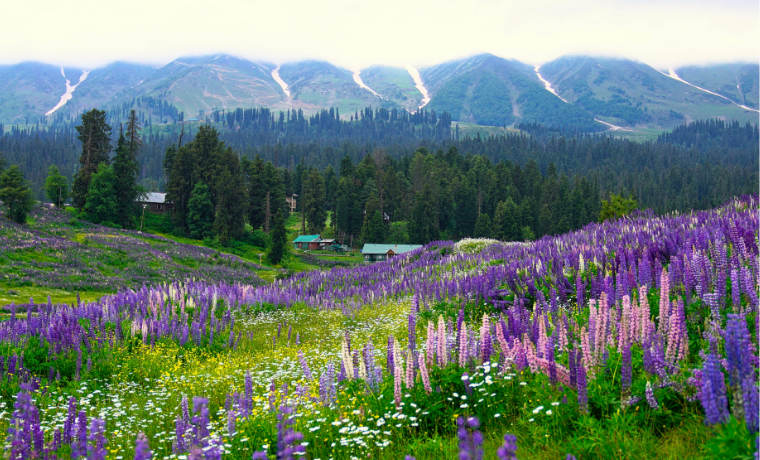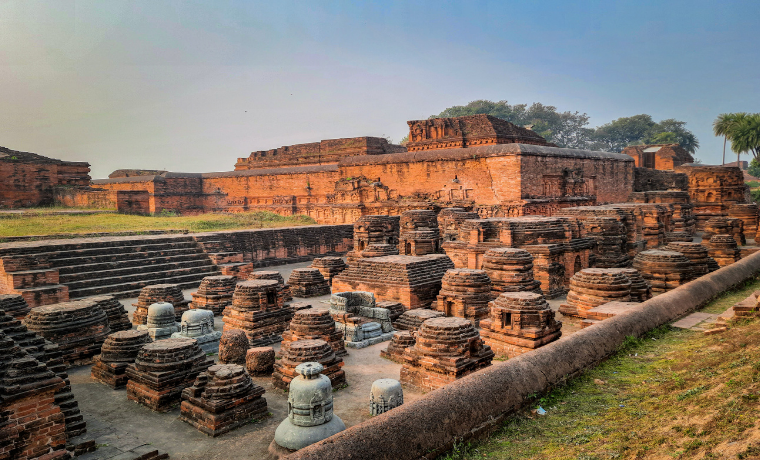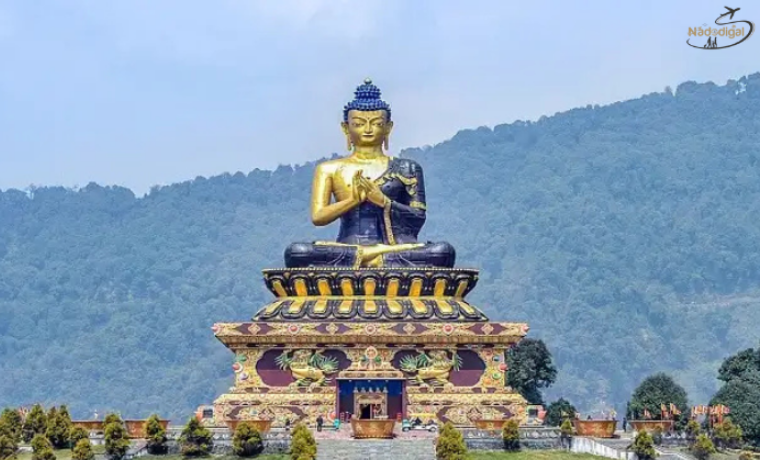Close your eyes and imagine this:
White marble halls. Jasmine-scented gardens. Whispering fountains. Poets reciting verses. And behind it all? A wall so red and mighty, it still makes history stand up straighter. That’s the Red Fort, or Lal Qila — the very heart of Mughal Delhi.
Built by Shah Jahan (yes, the same dude who built the Taj), this wasn’t just a fort — it was a full- blown imperial city, designed for kings, queens, ministers, artists, and warriors.
And while empires came and went, this fort?
It stood — as a symbol of might, culture, and now, modern India’s pride.
The Backstory – Why, When, and How?
After ruling from Agra Fort, Shah Jahan decided he wanted a capital city with:
• Better climate (read: less boiling)
• More elegance
• And closer to the Yamuna river
So in 1638, he moved his capital to Shahjahanabad (now Old Delhi) and started building the Red Fort — originally called Qila-e-Mubarak (The Blessed Fort). Construction took 10 years.
Completed in 1648 CE, the fort stretched over 254 acres, enclosed by 2.5 km of defensive walls, and filled with:
• Audience halls
• Private palaces
• Marble pavilions
• Gardens
• Bazaars
• And literal rivers flowing inside
Basically, this was royalty on steroids.
What’s Inside – The Layout of a Royal Dream
The Red Fort isn’t just one big building.
It’s a city within a city, with zones for:
• Administration
• Public ceremonies
• Private family life
• Royal leisure
• And even shopping!
Let’s walk through the main landmarks.
1. Lahori Gate
• The main entrance, facing Chandni Chowk
• Still used today on Independence Day
• Originally lined with market stalls for nobles
2. Chatta Chowk (Covered Bazaar)
• A shopping arcade right inside the fort!
• Sold silk, jewellery, perfumes, spices — Mughal D-Mart but fancy
• Still active today with shops selling handicrafts and souvenirs
3. Diwan-i-Aam (Hall of Public Audience)
• Open pavilion with 60 red sandstone pillars
• The emperor would sit on a white marble throne (once inlaid with jewels)
• Heard grievances, petitions, and royal drama here
• The famous Naubat Khana (Drum House) is just before it — musicians would announce royal arrivals
4. Diwan-i-Khas (Hall of Private Audience)
• Smaller, but far more elegant
• Used for private meetings with nobles, foreign dignitaries
• Had the legendary Peacock Throne (looted by Nadir Shah in 1739)
• Inscription inside:
“If there is paradise on earth, it is this, it is this, it is this.”
He wasn't exaggerating.
iy
5. Rang Mahal (Palace of Colours)
• For royal women
• Decorated with floral murals, mirrored ceilings, fountains
• Had a Nahr-i-Bihisht (Stream of Paradise) flowing through it
6. Mumtaz Mahal, Khas Mahal, and Hammam
• Residential pavilions with personal quarters
• Royal baths (Hammam) with heating systems, perfume sprays
• Marble everywhere, with inlay work that rivals the Taj
7. Hayat Bakhsh Bagh (Life-Giving Garden)
• A sprawling garden with canals and fountains
• Perfect for moonlit strolls, poetry sessions, and scheming ministers
• Mughal love for charbagh (quadrant gardens) in full display here
A Fort That Saw It All – From Mughals to Independence
• Aurangzeb added defensive gates and mosques
• Nadir Shah (1739) looted it (Peacock Throne, Kohinoor gone)
• British (1857) made it a military base
• Bahadur Shah Zafar, the last Mughal emperor, was tried here before being exiled
• And in 1947, after India’s independence — Nehru stood here and said:
“At the stroke of the midnight hour...”
Since then, every Independence Day, the PM hoists the tricolour flag here and addresses the nation from its ramparts.
Today’s Red Fort – Still Beating With History
• Hosts Sound & Light Shows that bring Mughal stories to life
• Part of “Azadi ka Amrit Mahotsav” cultural events
• Houses museums on freedom struggle, art, and Mughal artefacts
• Became a symbol of protest during farmers’ rallies too — still relevant, still powerful
Best Photo Spots
• Lahori Gate with fluttering flag
• Inside Diwan-i-Khas, framing the marble throne
• Reflection of Rang Mahal fountain (when water’s flowing)
• Golden hour from outer ramparts
Where to Eat Nearby?
You're in Old Delhi — food royalty awaits.
Karim’s (Jama Masjid)
10 mins from Red Fort
Mutton korma, chicken jahangiri, roomali roti = heaven
Al Jawahar
Right next to Karim’s
Nihari, biryani, seekh kebabs — full Mughal experience
Kuremal Mohanlal Kulfi Wale
Chawri Bazaar
Stuffed kulfi in every fruit flavour
Or take a quick rickshaw ride to Paranthe Wali Gali for old-school chaats, lassis, and stuffed everything.
How to Reach
Location: Chandni Chowk / Netaji Subhash Marg, Old Delhi
By Metro:
• Nearest station: Lal Qila (Violet Line) or Chandni Chowk (Yellow Line)
• 10-minute walk
By Auto/Cab:
• Tell them “Red Fort main gate” — locals will guide you
• Parking is limited, better to take public transport
Entry Fees & Timings
• Indian citizens: ₹35
• Foreigners: ₹550
• Children under 15: Free
• Timings: 7:00 AM to 5:30 PM, closed on Mondays
• Light & Sound Show: Separate ticket, evening hours
UNESCO World Heritage Status
• Inscribed: 2007
• Why?
“Outstanding example of late Mughal palace architecture, blending Persian, Timurid, and Indian traditions with civic, military, and ceremonial significance.”
Final Thoughts – A Red Wall With a White Soul
Red Fort isn’t just brick and mortar — it’s emotion.
It’s:
• The echo of ghazals from marble halls
• The fire of freedom under colonial chains
• The hush of a flag going up at dawn
• The sound of school kids whispering, “This is where Nehru stood...”
With Nadodigal, we don’t just visit monuments — we bow our heads at their history, whisper “thank you” to their silence, and walk away a little taller.
